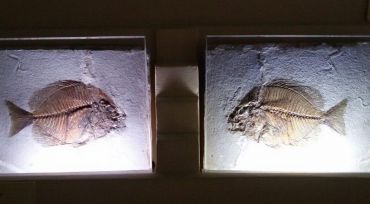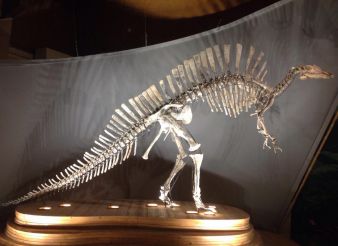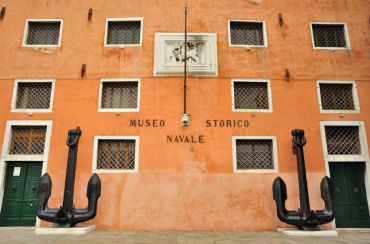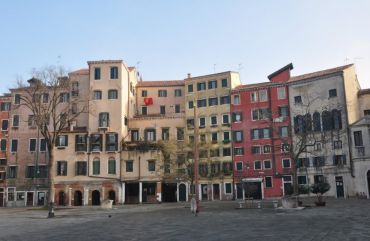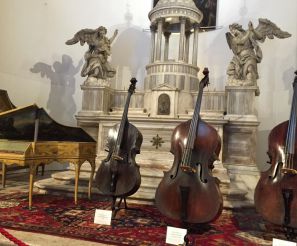Natural History Museum, Venice
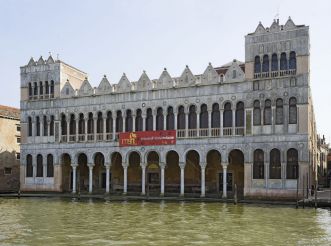
The exhibits of the Natural History Museum in Venice are dedicated to the development of the planet. The main task of the institution is to show what life on Earth was like millions of years ago. Visiting the Natural History Museum will be interesting for tourists who travel with children, students, as well as all those who want to discover something new about life on planet Earth.
Exhibits of the Natural History Museum
The museum's collection was based on scientific expositions of the city museum, as well as personal items and collections of citizens. It was opened in 1923 and ever since it has been constantly replenished with new and new exhibits.
The exhibition is divided into several thematic halls:
- Ancient flora and fauna – there is a unique zoological collection, which includes skeletons and stuffed fish, animals, birds and even insects. Flora is represented by many herbariums.
- The Adriatic region is an enormous aquarium where the museum staff managed to collect all kinds of fish and invertebrates of the region, which gives an excellent idea of the ecosystem of the Gulf of Venice.
- In the hall of ethnography there are exhibits dedicated to the culture and life of local residents, beginning with the first settlements.
- An exhibition of dinosaurs is a gem in the museum's collection. All exhibits are perfectly preserved, although the age of some skeletons reaches 50 million years. The seven-meter skeleton of Ouranosaurus, which was found in Africa in 1973 is of particular interest.
Also there is the largest collection of minerals, algae and corals in the Natural History Museum. There are exhibits that give an idea of the skeletal and muscular structure of humans, animals and birds, demonstrate the evolutionary processes in different biological species.
In addition to the museum's collection, the building – Fondaco dei Turchi, in which the exhibition is represented, is of special value. It is one of the oldest buildings in the city, it was built in the 13th century. Initially, a rich merchant family lived here, and then a warehouse operated. This went on until the beginning of the 20th century, until it was decided to open a museum in the walls of the house.
How to get there
The Venetian Natural History Museum is located on the banks of the Grand Canal. In order to get here, you need to use the water bus service – vaporetto, to the nearest San Stae station, and also by buses 5 and 19.
Opening hours:
- from 10:00 to 18:00 (June–October);
- from 09:00 to 17:00, Saturday, Sunday – from 10:00 to 18:00 (May–November);
- day off – Monday.



